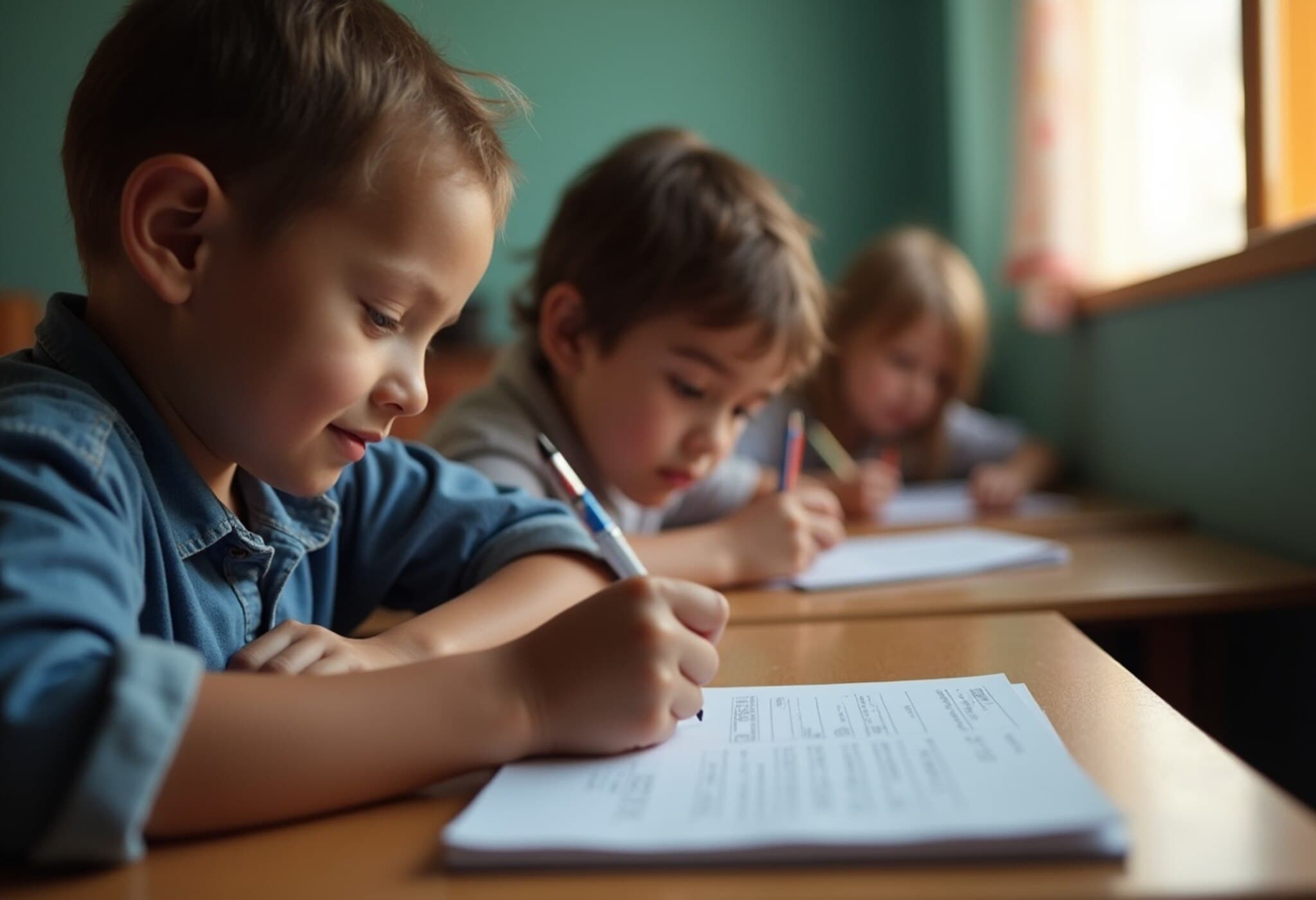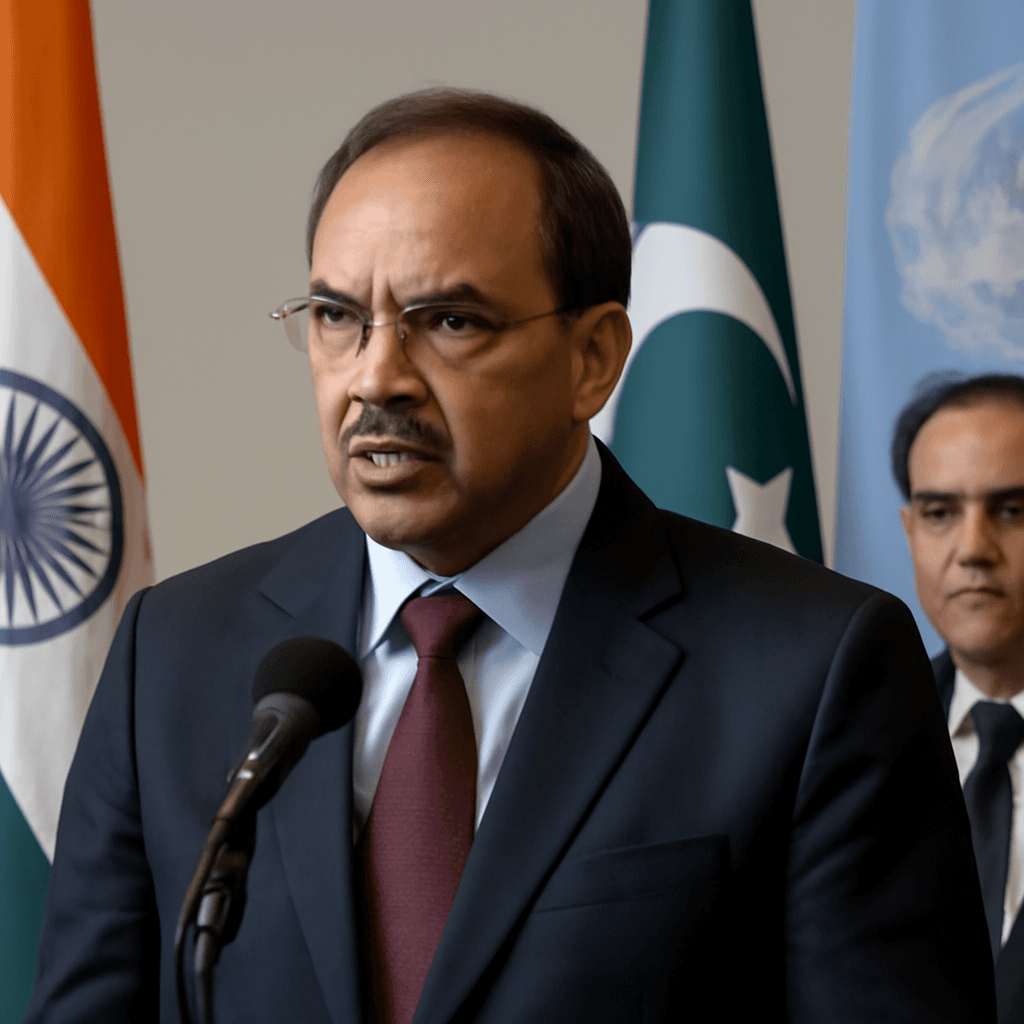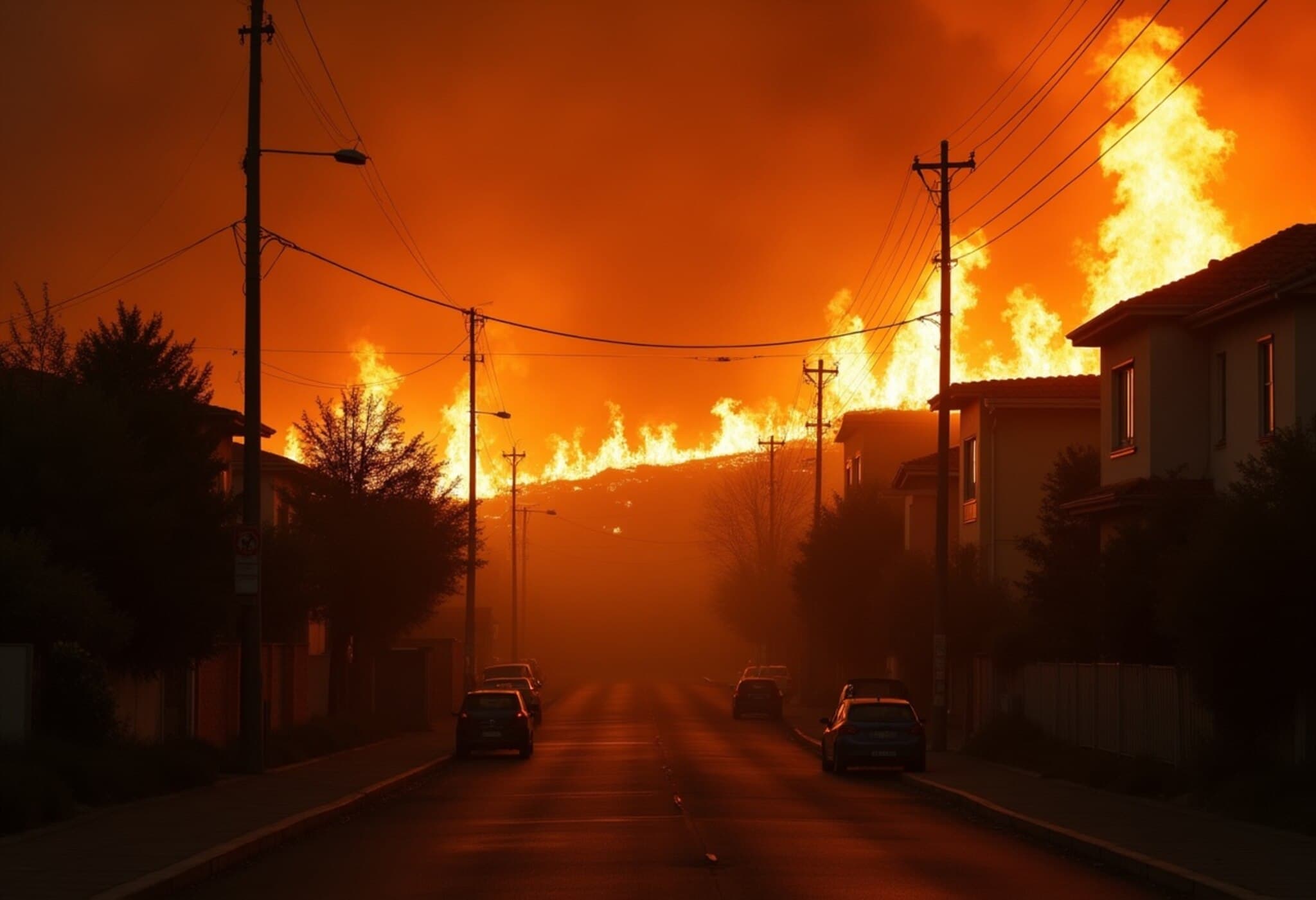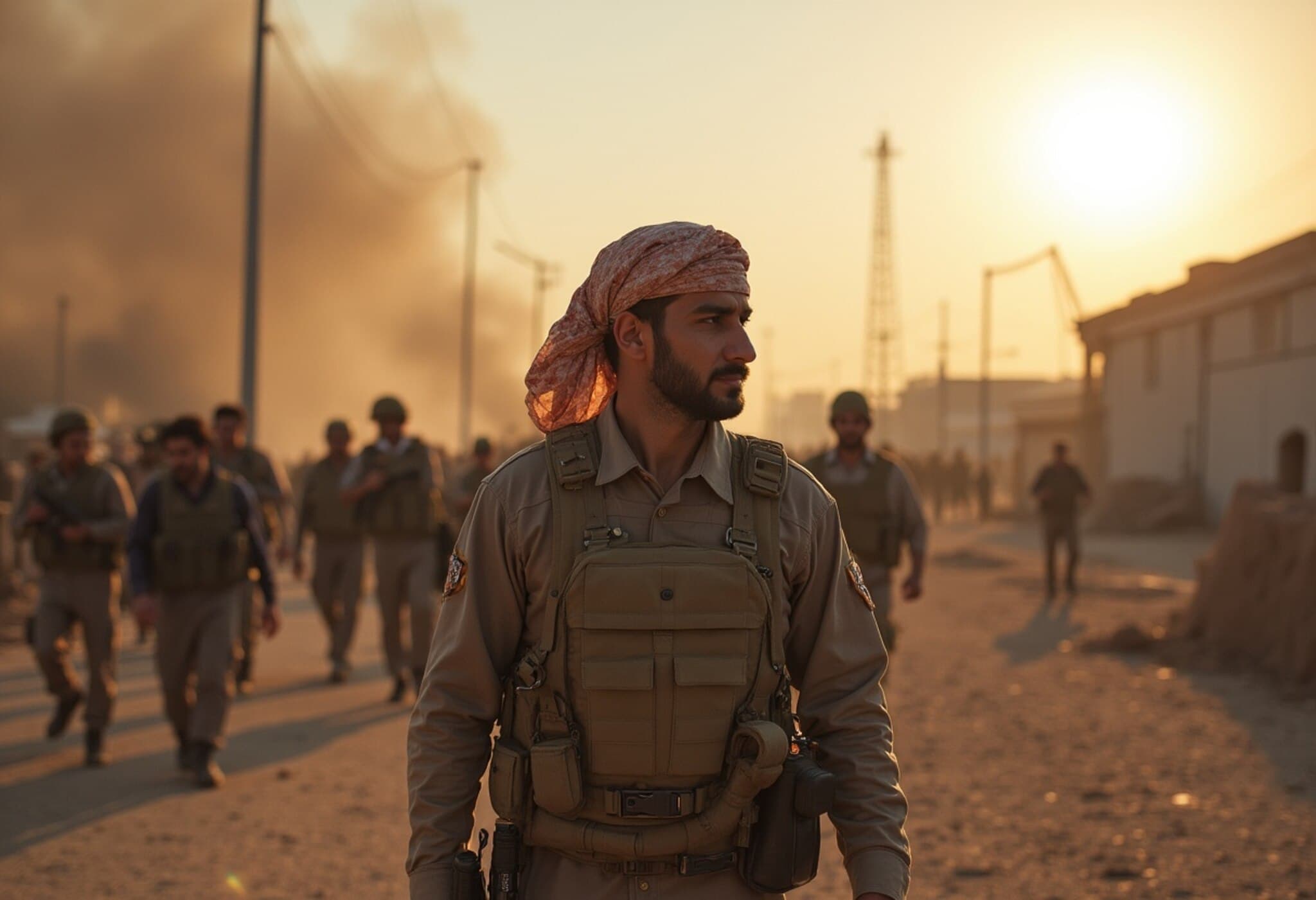Climate Change’s Hidden Toll: How Extreme Heat is Undermining Education Worldwide
As global temperatures rise and natural disasters become more frequent, a new report reveals a troubling consequence of climate change that often goes unnoticed: children exposed to extreme heat may lose up to 1.5 years of schooling. This alarming educational setback threatens to erase decades of progress, especially in vulnerable regions around the world.
Unpacking the Impact of Heat on Learning
Developed by UNESCO’s Global Education Monitoring (GEM) team in collaboration with the Monitoring and Evaluating Climate Communication and Education (MECCE) project and the University of Saskatchewan, the report draws on extensive data spanning more than four decades. It underscores how heat, wildfires, floods, storms, and droughts not only disrupt classrooms but deeply affect children's cognitive development and school attendance.
- Approximately 75% of extreme weather events over the last 20 years led to school closures impacting at least five million people per event.
- In 29 countries analyzed between 1969 and 2012, higher than average temperatures in early childhood correlated with significantly fewer years of schooling—especially in Southeast Asia.
- A child exposed to temperatures two standard deviations above average is estimated to complete 1.5 fewer years of education compared to peers in stable climates.
Regional Spotlight: America’s Unequal Heat Burden
The United States offers a clear illustration of how infrastructure and social equity intersect with climate change’s educational fallout. In hotter school years without proper air conditioning, test scores dipped by about 1% for every 1℃ rise. The brunt was disproportionately borne by African American and Hispanic students, where inadequate school facilities magnify the heat’s impact, contributing to roughly 5% of the racial achievement gap.
Moreover, half of the public school districts in the U.S. still require significant upgrades or replacements for heating, ventilation, and air conditioning systems—a critical factor to combat heat-related learning losses.
Fragile States and Marginalized Communities Suffer Most
The report highlights a stark global pattern: children in fragile, low- and middle-income countries face the steepest educational risks. Out of 33 countries identified with extremely high climate risks for children—totaling nearly one billion inhabitants—29 are fragile states struggling with infrastructural and socio-economic vulnerabilities.
For example, in Brazil's most heat-exposed and socially disadvantaged municipalities, students lose close to 1% of learning annually due to rising temperatures. In the U.S., children from low-income backgrounds and those lacking a high school diploma are 15% more likely to live in areas with increased childhood asthma cases driven by climate-related air pollution.
Schools at Risk: Natural Disasters Disrupting Education
Beyond heat, the frequency of natural disasters such as floods and cyclones is devastating educational environments. The 2013 floods in Jakarta saw schools shut down or repurposed as emergency shelters, disrupting education for countless children. Yet, the report finds that schools with disaster management plans were significantly more resilient, underscoring the importance of preparedness.
Expert Insights: Bridging the Climate-Education Divide
Dr. Elaine McCarthy, an expert in education policy and climate resilience, notes, "It's imperative that governments prioritize upgrading school infrastructure, particularly in socioeconomically disadvantaged regions, to mitigate heat’s impact on learning. Climate change isn’t just an environmental issue—it’s a profound educational crisis that threatens to exacerbate social inequalities."
Investment in adaptive schooling environments, combined with integrating climate education into curricula, can empower future generations to both cope with and combat climate impacts.
Editor’s Note
As this report vividly illustrates, climate change’s reach extends far beyond environmental degradation—it jeopardizes one of society’s most critical assets: children’s education. The intersectionality of climate vulnerability, educational disparities, and social injustice demands urgent, integrated policy responses. How can global and local leaders accelerate investment in resilient school infrastructure while safeguarding educational access for marginalized populations? This question must move to the forefront of climate and education agendas worldwide.



















